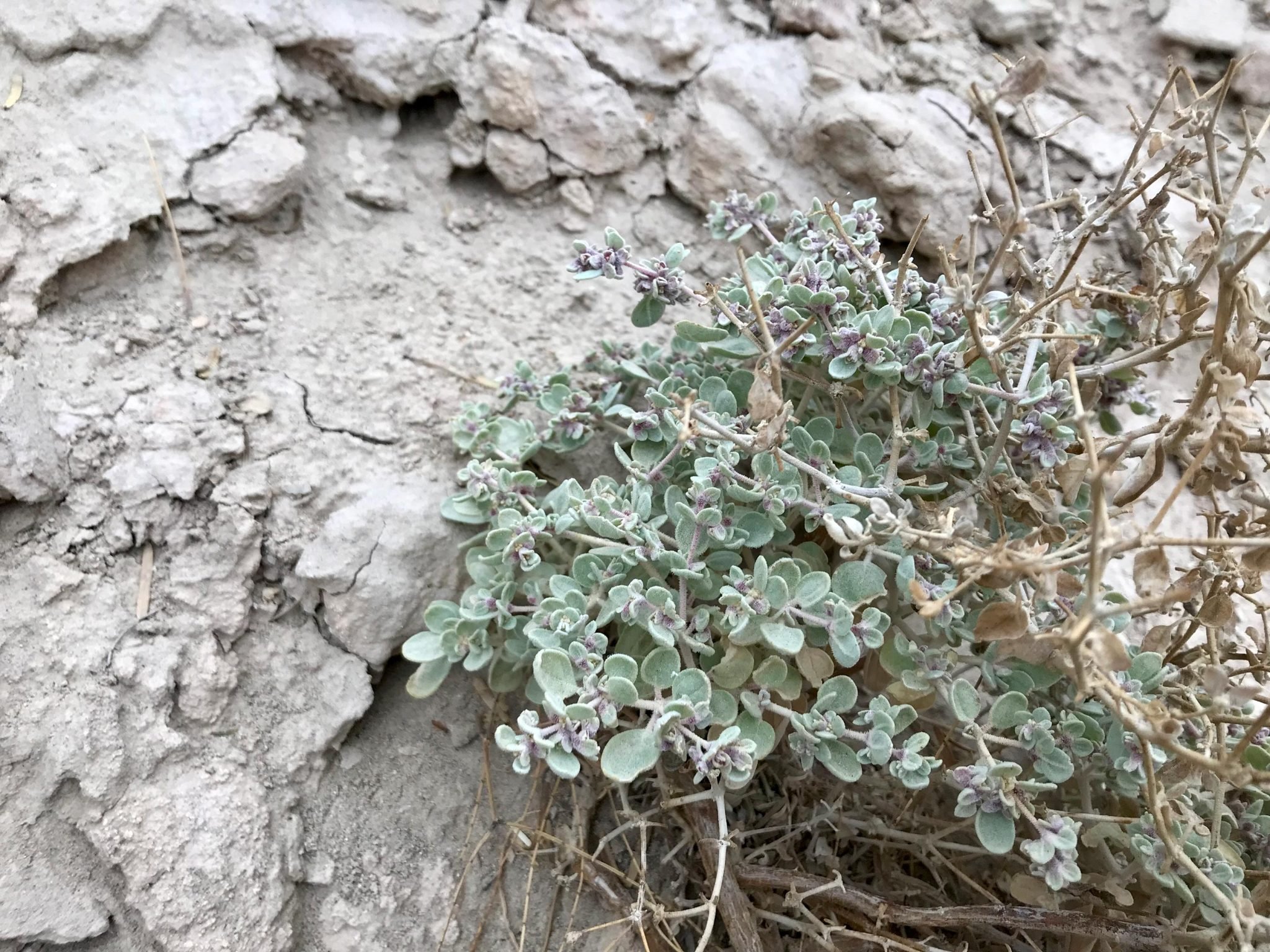🌱 This plant thrives in Death Valley: its secret could save us
Follow us on Google News (click on ☆)
Researchers from Michigan State University have discovered that this plant completely reorganizes its internal functioning to adapt to heat. By reproducing Death Valley's extreme conditions in the laboratory, they observed that T. oblongifolia triples its plant mass in just ten days, while other plants known for their heat tolerance stop all growth. This rapid adaptation is explained by profound changes in its metabolism and gene expression.

T. oblongifolia growing in Death Valley, California.
Credit: Karine Prado
The in-depth study of the plant's physiology revealed dramatic cellular changes. Under heat stress, mitochondria, the energy powerhouses of cells, move closer to the chloroplasts where photosynthesis occurs. The latter adopt a unique "cup-shaped" form, possibly facilitating carbon dioxide capture. Simultaneously, thousands of genes change their activity within a day, protecting vital structures and maintaining energy production.
The potential applications of these discoveries are immense for global agriculture. With rising global temperatures, crops like wheat and corn are seeing their yields decrease. Understanding the adaptation mechanisms of T. oblongifolia could enable the development of more resistant food plant varieties, ensuring food security in a changing climate.
This research opens a new path in plant biology by turning to extreme species rather than classical models. Desert plants, forged by millions of years of evolution, hold solutions that science is only beginning to decipher, offering concrete hope for addressing upcoming environmental challenges.
Photosynthesis under thermal stress
Photosynthesis is the process by which plants convert sunlight into chemical energy, essential for their growth. Under normal temperatures, it functions optimally, but excessive heat can damage the enzymes and membranes involved.
In Tidestromia oblongifolia, photosynthesis adapts by increasing its thermal tolerance threshold. In just two days of exposure to extreme conditions, the plant adjusts its mechanism to continue producing energy at 45 degrees Celsius (113°F), an unmatched performance.
This adaptation involves structural modifications, such as the transformation of chloroplasts into cup-shaped forms, which could improve the efficiency of light and CO2 capture. Additionally, the enzyme Rubisco activase is produced in greater quantities, maintaining photosynthetic activity despite the heat.
These rapid adjustments show how a plant can optimize its metabolism to survive in hostile environments, offering avenues for strengthening crops in the face of climate warming.